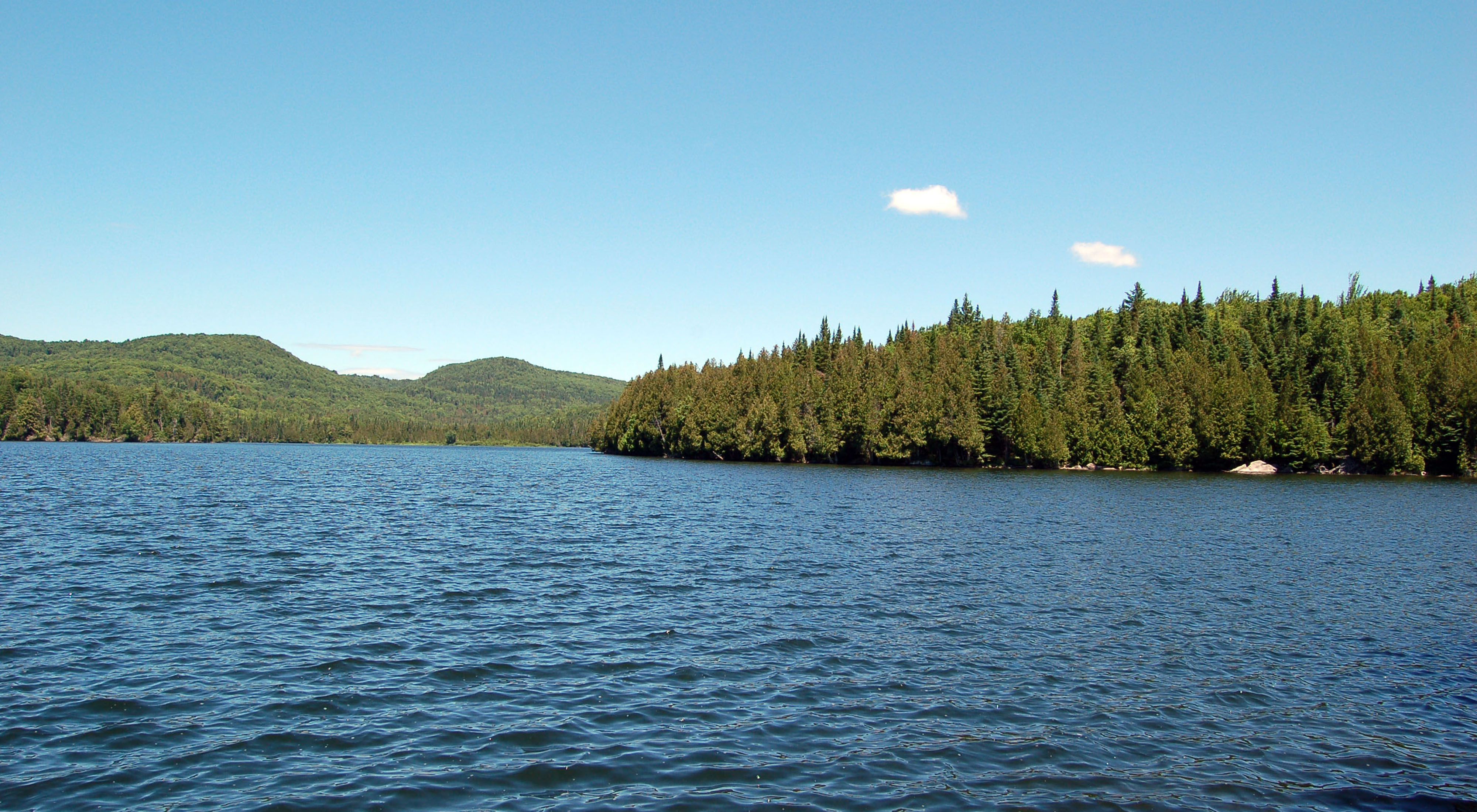Description
In the southwest corner of Vermont and north of the Hoosic River in Pownal is an ecological jewel that could easily be overlooked. Quarry Hill, which still bears the scars of limestone mining from the early 1900s, is a goldmine of botanical biodiversity and has been an important study site for botanists around New England for more than a century.
The Nature Conservancy recently added an additional 25.9 acre parcel, bringing the total protected acres to 105. We have plans to better connect all the parcels, so stay tuned!
Quarry Hill is one of the most botanically rich sites in Vermont, with over 40 rare, threatened, or endangered plants. The limestone and calcium found here within the bedrock create specialized conditions where an array of unusual plants thrive. Botanist Jerry Jenkins noted that “more of the rare plant species associated with dry limy soil are found here than in any other area in the state.” For instance, upland boneset and rue anemone, two species found at less than five sites statewide, can be seen poking out of the rough soil. Every spring, groups of wildflower aficionados flock to the site to see the common suite of spring ephemerals like hepatica, trillium, wild ginger, spring beauty, wild oat and many more.
Now that TNC owns this fragile landscape, eradicating invasive plants that threaten the rich array of native plants is a top priority. TNC organizes community work days to address these challenges and other preserve needs.
The new parcel is not only rich in biodiversity, but historical significance as well. “The quarry encapsulates the natural and human history of New England,” mused Bill Brumbeck, conservation director of the New England Wildflower Society. “Each time I visit this site and the surrounding hills I am rewarded with new discoveries.”



